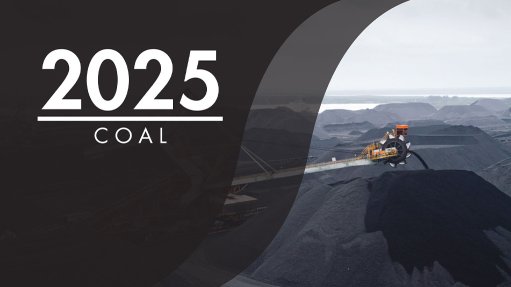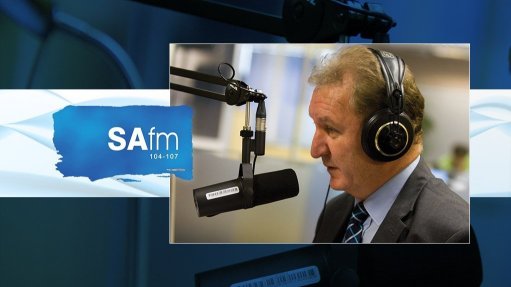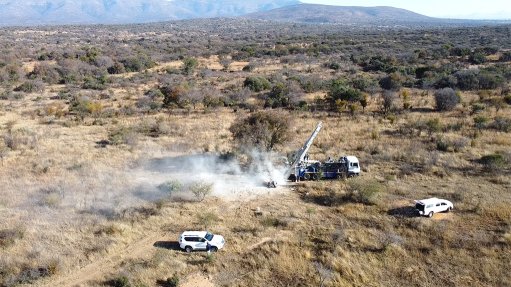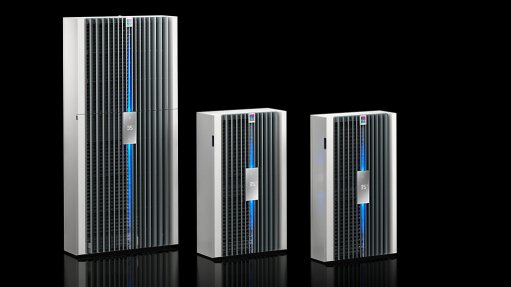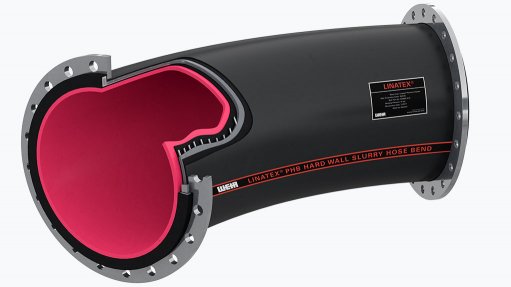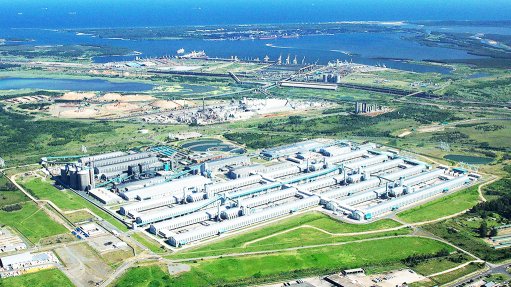Acoustic camera tech boosts refinery safety

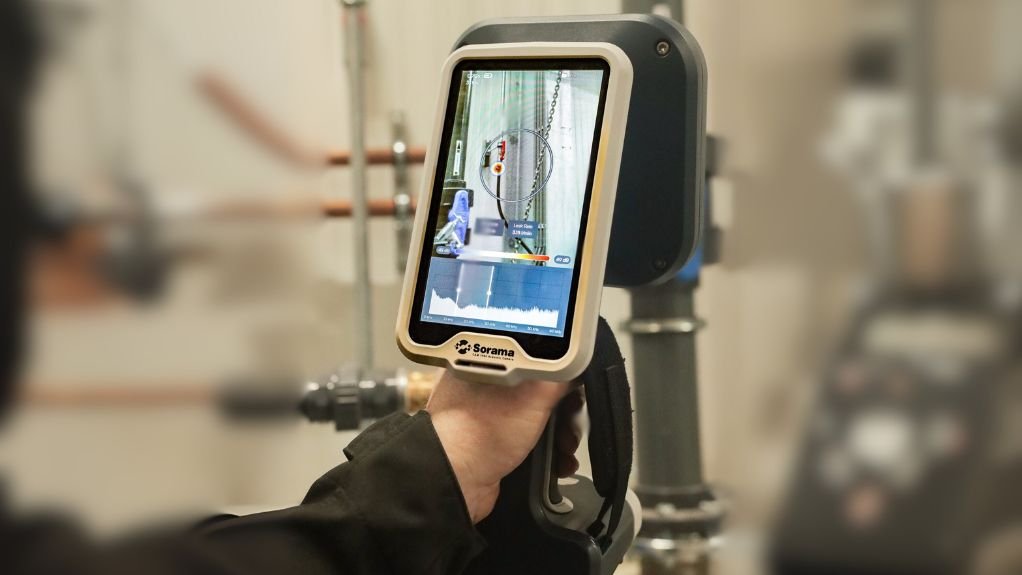
ACTIONABLE DATA By turning sound into actionable data, GammaTec’s acoustic cameras enable predictive maintenance strategies
A partnership between non-destructive testing equipment, accessories and consumables supplier GammaTec and global acoustic technology company Sorama will help drive innovation in refinery safety, using Sorama’s advanced acoustic camera technology. The technology is designed to detect and visualise leaks that are otherwise invisible and inaudible.
“With an acoustic camera, you visualise sound. Instead of capturing visual images like a regular camera, it uses an array of 64 tiny microphones, similar to the ones in a smartphone, to listen to the environment. It then creates a visual heatmap that shows exactly where sounds are coming from,” explains GammaTec marketing officer Jonathan Welch.
Unlike traditional inspection methods, Sorama’s technology focuses on high-frequency sounds – such as the faint hiss of a gas leak under pressure – that the human ear cannot detect.
“These sounds are translated into a visual image, allowing technicians to see the leak even in noisy, complex environments like refineries, in a non-invasive way,” he says.
This capability is critical for leak detection and repair programmes, which aim to reduce emissions and ensure regulatory compliance in the energy sector.
“Leaks can occur in pressurised pipes, valves or tanks and are often invisible and silent to workers. With Sorama’s technology, the sound of escaping gas becomes visible from metres away, allowing teams to act quickly and safely.”
The Sorama CAM iV64Ex model carries an International Electrotechnical Commission system certification for explosive environments, such as ATEX Zone 2, ensuring safe operation in hazardous areas.
“It helps refineries meet safety standards while also contributing to the realisation of climate goals,” Welch adds.
Early detection is a key advantage of this technology, as even minor faults can escalate into serious hazards if left unchecked.
“A tiny crack in a pipe carrying pressurised gas might seem insignificant, but it can release flammable vapours into the air,” says Welch, adding that such a leak could lead to a fire, an explosion, toxic exposure for workers or it could be devastating for the environment.
By turning sound into actionable data, Sorama’s acoustic cameras facilitate predictive maintenance strategies, as technicians can scan equipment in real time and identify issues before they escalate. This allows for repairs to be scheduled during planned maintenance periods, thereby avoiding costly interruptions, he adds.
The cameras are portable and easy to deploy, needing no changes to plant infrastructure. “Technicians can walk through the plant with the device, scan for leaks and get instant visual feedback. “This makes the cameras ideal for older refineries, where retrofitting new systems can be expensive or impractical,” says Welch.
Sorama’s technology has already demonstrated its value in the field. At a Dutch refinery, the acoustic camera detected a high-frequency leak in an ATEX Zone 2 area, 4 m above ground. The leak had not been detected using the traditional methods of gas sniffers and soap-solution tests.
Welch recalls that, owing to early detection, the team could repair the leak during scheduled maintenance.
As refineries continue to prioritise safety and environmental responsibility, acoustic imaging is becoming a critical part of their operational strategy.
“By integrating acoustic imaging into their operations, refineries gain a fast, non-invasive, and highly effective way of enhancing safety, improving efficiency and demonstrating environmental responsibility,” he concludes.
Article Enquiry
Email Article
Save Article
Feedback
To advertise email advertising@creamermedia.co.za or click here
Announcements
What's On
Subscribe to improve your user experience...
Option 1 (equivalent of R125 a month):
Receive a weekly copy of Creamer Media's Engineering News & Mining Weekly magazine
(print copy for those in South Africa and e-magazine for those outside of South Africa)
Receive daily email newsletters
Access to full search results
Access archive of magazine back copies
Access to Projects in Progress
Access to ONE Research Report of your choice in PDF format
Option 2 (equivalent of R375 a month):
All benefits from Option 1
PLUS
Access to Creamer Media's Research Channel Africa for ALL Research Reports, in PDF format, on various industrial and mining sectors
including Electricity; Water; Energy Transition; Hydrogen; Roads, Rail and Ports; Coal; Gold; Platinum; Battery Metals; etc.
Already a subscriber?
Forgotten your password?
Receive weekly copy of Creamer Media's Engineering News & Mining Weekly magazine (print copy for those in South Africa and e-magazine for those outside of South Africa)
➕
Recieve daily email newsletters
➕
Access to full search results
➕
Access archive of magazine back copies
➕
Access to Projects in Progress
➕
Access to ONE Research Report of your choice in PDF format
RESEARCH CHANNEL AFRICA
R4500 (equivalent of R375 a month)
SUBSCRIBEAll benefits from Option 1
➕
Access to Creamer Media's Research Channel Africa for ALL Research Reports on various industrial and mining sectors, in PDF format, including on:
Electricity
➕
Water
➕
Energy Transition
➕
Hydrogen
➕
Roads, Rail and Ports
➕
Coal
➕
Gold
➕
Platinum
➕
Battery Metals
➕
etc.
Receive all benefits from Option 1 or Option 2 delivered to numerous people at your company
➕
Multiple User names and Passwords for simultaneous log-ins
➕
Intranet integration access to all in your organisation





